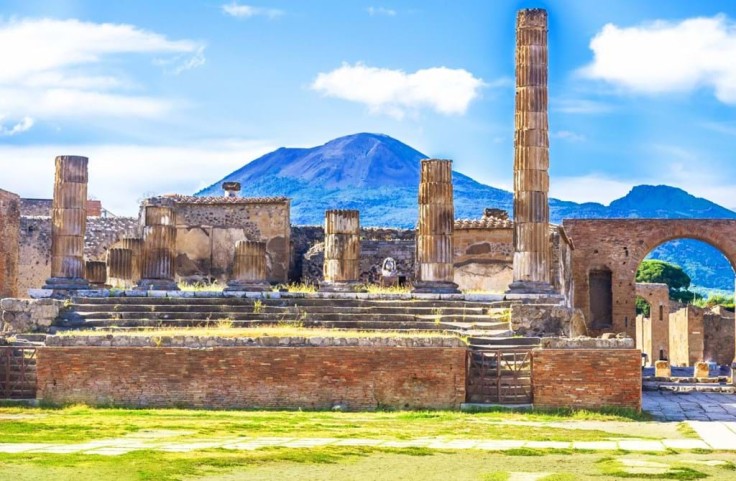
Mount Vesuvius, a strato-volcano in Italy, erupted in 79 AD in one of the worst volcanic eruptions ever to disperse a cloud of overheated volcanic rocks and gasses up to 21 miles in height. This natural disaster expelled 1.5 million tons per second of molten rock, pulverized pumice and hot ash, crushing Roman cities and burying thousands of people under the burning debris.
More than 2,000 years later, the fossils are still being studied by researchers including those discovered in what has become known as "Room 10." Channel 5's "Ancient Mysteries" series revealed that this house was found in the 1980s with a collection of bodies plastered in gold, along with another that seemed to be totally stripped of their belongings.
The narrator said in October that in the area, a basement full of bodies, experts were looking at a 2,000-year-old crime scene. Yet mysteries still emerge from the ruins even after decades of digging. The most mysterious scene is in the cellar, where they found the remains of two different groups of people. There were almost no belongings for those at the back of the room.
However wealth laden the part nearest to the entrance, archeologist Dr. Kristina Killgrove explained her first thoughts on the discovery. She said there were plenty of coins, plenty of jewelry, and with the second group they didn't find as many objects. This had led some to believe that they might be two different classes of society. The unusual distribution of resources prompted some archeologist to argue that just moments before the tragedy a crime was committed.
Dr. Killgrove added that archeologists found a very large, heavy box that they suspect belonged to the owner of this large commercial area, and that individual might have been found as one of the skeletons in Room 10.
Explaining the box's features, the narrator continued that the Roman response to the state-of - the-art home security system was this ornate strongbox. It's a clear indication of the wealthy men's efforts to preserve their valuables. The exquisite detailing of the ancient safe will finally be exposed after a painstaking restoration. The precious item featured a four-stage locking mechanism to protect any assets inside. It was so well-made to breach its protection it took a full-scale natural disaster. Yet evidence from Pompeii indicates that violence was rife across the city before and during the catastrophic eruption.
Dr. Giuseppe Scarpati said there may have been thieves or looters among some of the people who took refuge in Room 10. Archeologists claim that they may have solved the mystery after discovering a safe that might have been ransacked in the event of a disaster.
In the first century, as Mount Vesuvius erupted, it released 100,000 times more thermal energy than the Hiroshima and Nagasaki nuclear bombings. Over 1,000 people died in the eruption, but unclear are the exact numbers. Since the last eruption in 1944, Vesuvius has erupted several times, making it the only volcano on the European mainland that has erupted over the last 100 years.
Today, owing to the population of three million people living nearby, it is considered one of the most dangerous volcanoes in the world.
© 2026 University Herald, All rights reserved. Do not reproduce without permission.








